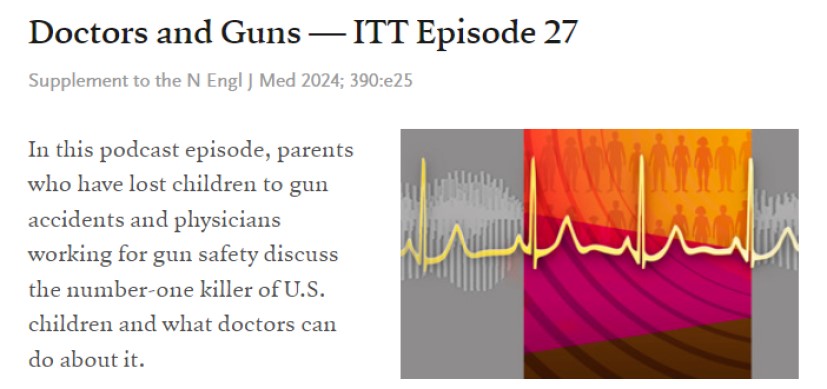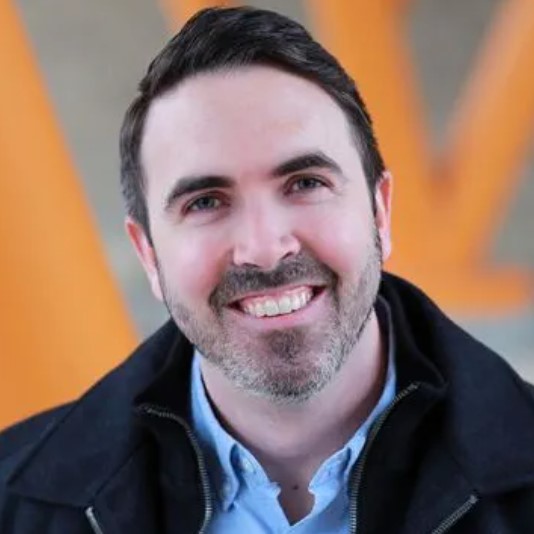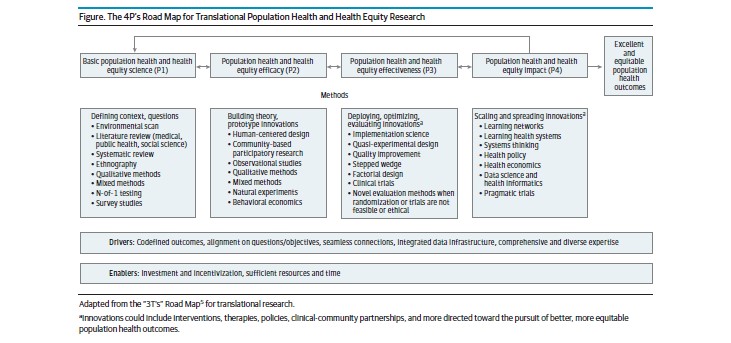How Can Pediatricians Help Reduce Childhood Gun Deaths?
Post Date: March 15, 2024 | Publish Date:

The first step is embedding firearm safety counseling into the routine safety anticipatory guidance provided to families, says Francis “Joe” Real, MD, MEd, during a nationally distributed podcast.

With guns rising to become the No. 1 cause of death for children in the United States, many are asking what the medical world can do to help reduce these tragic outcomes.
The New England Journal of Medicine’s “Intention to Treat” podcast, aired March 14, 2024, invited Francis “Joe” Real, MD, MEd, Division of General and Community Pediatrics and co-lead for digital training in the Center for Simulation and Research at Cincinnati Children’s, and Chana Sacks, MD, MPH, co-director of the Massachusetts General Hospital Center for Gun Violence Prevention, to explore how physicians can play a larger role in promoting firearm safety.
Over the last year, Real and Matthew Zackoff, MD, MEd, Division of Critical Care Medicine and fellow co-lead for digital training, helped launch the Firearm Safety Counseling Virtual Reality Program at Cincinnati Children’s to give clinicians a safe, realistic setting to practice having conversations about firearm safety and secure storage with patients and families. Bradley Cruse from the Cincinnati Children’s Digital Experience Technologies team served as the lead developer, and Michelle March, MD, PhD, a clinical fellow in General and Community Pediatrics, led a trial assessing the effectiveness of the training program.
“We talk about home safety, we talk about bike safety, we talk about pool safety, we talk about safely storing medications. But so often, we skip over firearm safety,” Real says. “Let’s normalize this conversation, let’s make it part of our routine care, and let’s decrease the number of unintentional and intentional injuries related to firearms.”
The VR training program is one of several steps underway at Cincinnati Children’s to address childhood gun deaths.
- In addition to focused conversations, the hospital posts gun safety awareness signs in patient rooms and has and has storage devices available.
- In February, the City of Cincinnati, Cincinnati Children’s and UC Health announced launching a Hospital-based Violence Intervention Program with $600,000 in funding to improve wraparound services for victims of violence.
- Experts at Cincinnati Children’s also are leading significant research projects that seek to improve the ability to detect early signs of children at risk of suicide or of becoming violent.





